Each cat you keep will need its own litter tray. They don't like to share them, and may even fight over a single tray.
There is a wide choice on the market, including open trays and enclosed trays. As many cats like to have a clear view of their surroundings when following the call of nature, an enclosed tray can sometimes be a stressful experience. An open tray is therefore the safer bet; but, then again, an enclosed tray looks a lot neater, keeping your cat's private business out of sight.
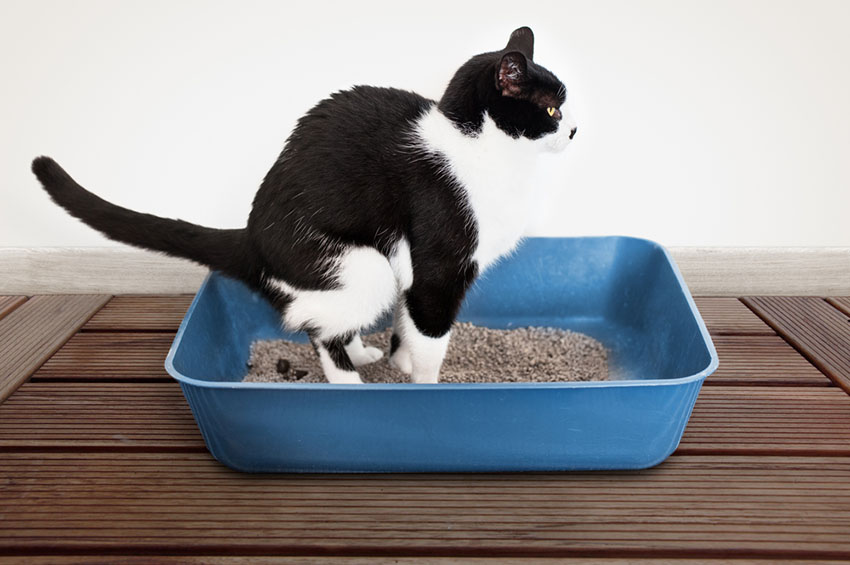
This cat is demonstrating the classic pooping pose in an open litter tray!
Cat Poop
Cats are fussy about where they poo – which is good news when you’re house-training them! It needs to be a spot where they feel safe, and could be in the garden or in a litter tray. Some cats are spooked by noisy household machinery like washing machines and blenders, and will not like walking past these gadgets to get to the toilet. Place litter trays somewhere quiet, away from these ‘dangers’.
Litter trays should be emptied at least once a day, and preferably cleaned after each visit. If you have more than one puss, provide them with a tray each. Wash and disinfect them once a week.
Kitty Litter
This product first appeared in bulk in 1940, assisting the transformation of cats from outdoor to indoor pets. This enabled them to live in apartments where, without a deodorising litter tray, cats had not been very common before. It also helped popularize the cat as very much an indoor companion.
The litter tray should be a suitable size - the bigger the better, in fact. Adult cats need some room to move around so if you keep a tiny kitten sized tray then you are likely to have some accidents, not to mention litter being shovelled out of the tray by an overly eager digging cat.
Kittens should be litter-trained in the tray you intend using when they are older. This lessens the risk of the kitten refusing to use a larger, replacement tray, which occasionally happens.
As a minimum, make sure the tray you get is 1.5 times your cat’s length (nose to base of tail).
Choosing A Litter
As with the type of tray, you have a choice of litter type too. The basic varieties are clumping types and non-clumping types.
Clumping - Clumping cat litters are usually clay-based with bentonite added. The clay works by absorbing the moisture and the bentonite creates clumps that make it easy to remove soiled litter without emptying the whole tray.
When using clumping litter you may need a slightly deeper fill of between 2-3 inches to allow for the clumps to form properly. Trays using clumping litter should still be completely emptied and cleaned at least once a month.
Non-clumping - Non-clumping cat litters can still be clay based but you will often see corn-based, paper-based, wood chipping-based and even silica crystal-based litters. These absorb moisture and odour, but when soiled the whole tray must be replaced, which is usually about once a week.
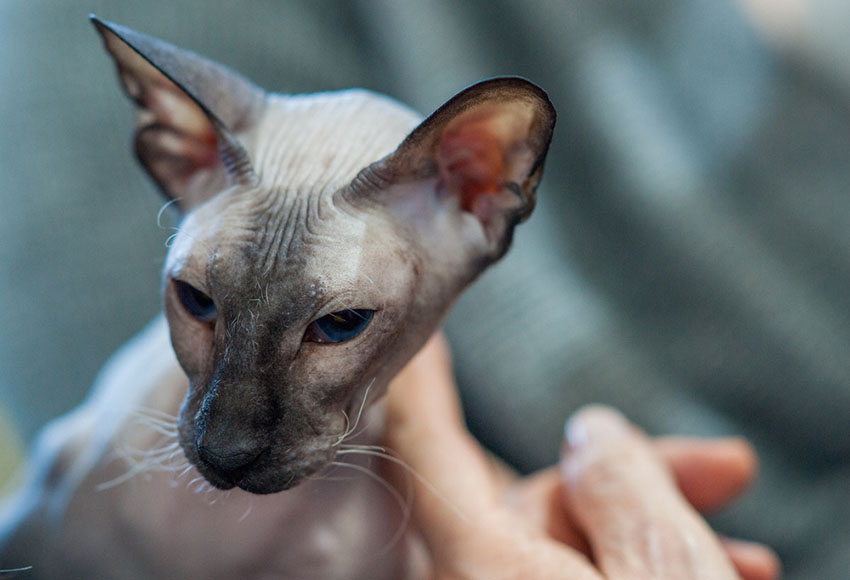
A Peterbald cat being congratulated for textbook use of her litter tray!
Where Should You Put A Litter Tray?
Cats are just like humans in the sense that they prefer privacy when "visiting the bathroom". For this reason a shy cat may outright refuse to use a badly-placed litter tray.
The best location is somewhere quiet and out of the way. Don’t put the litter tray where your cat eats or near any doors, windows and areas where there is a lot of household activity. Equally, make sure the litter tray is well out of the way of anywhere small children may play.
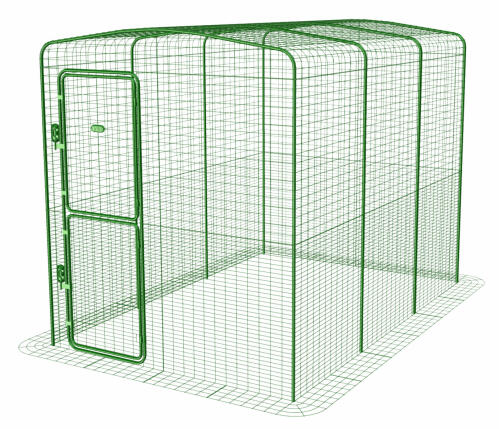
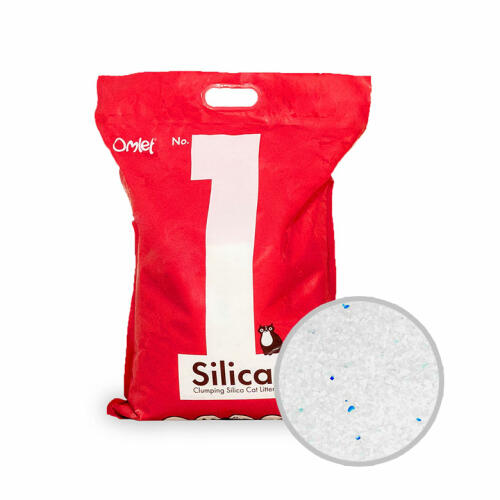
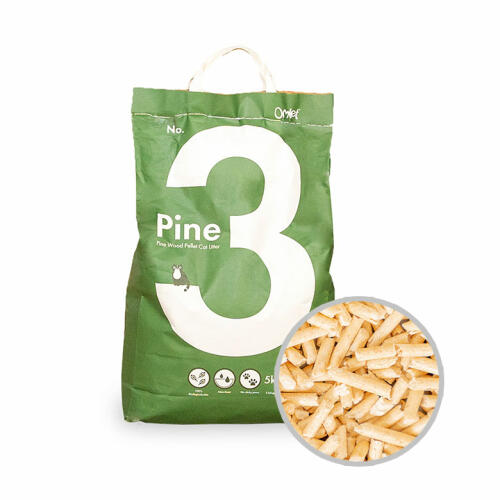
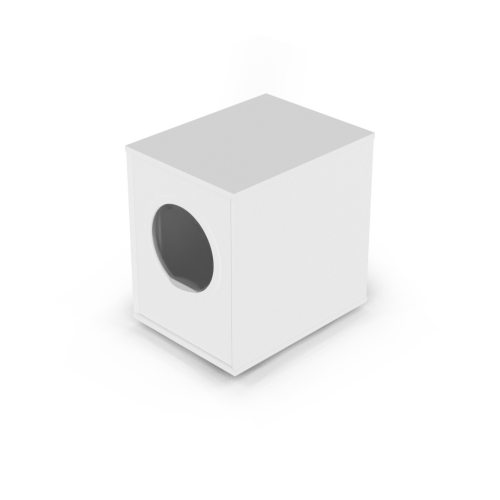
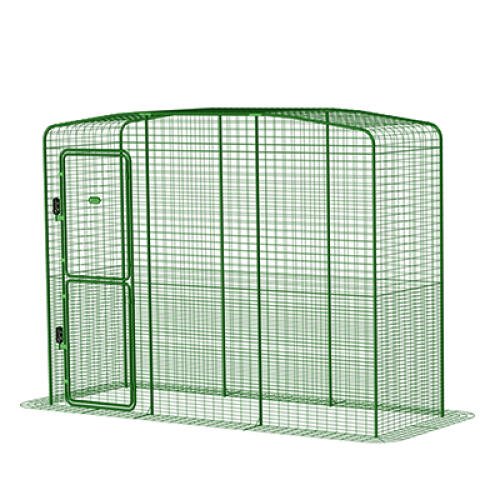
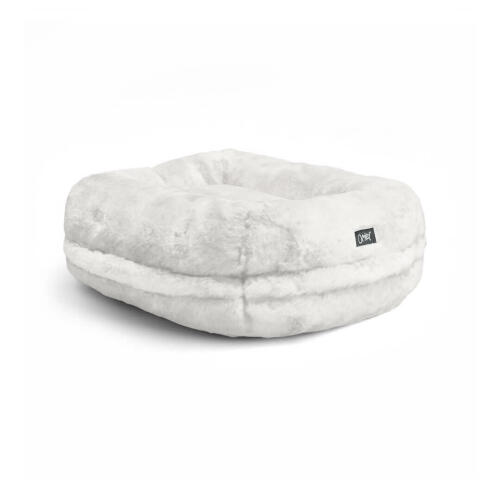
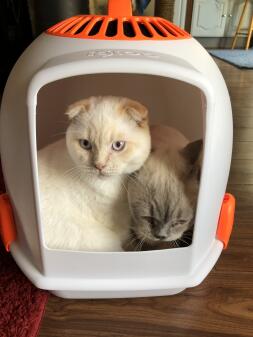
Comments
There are no comments just yet